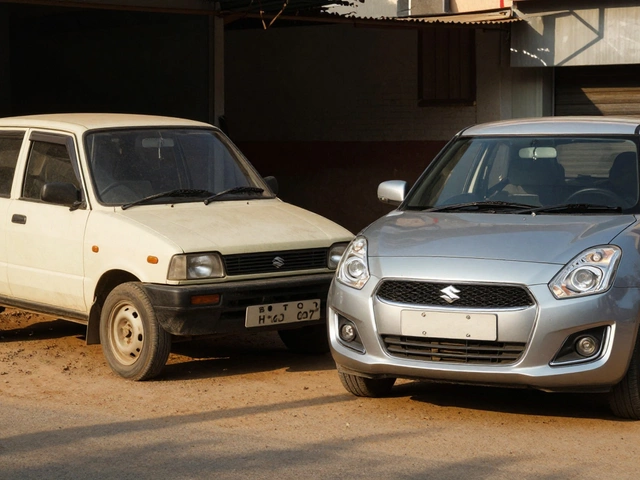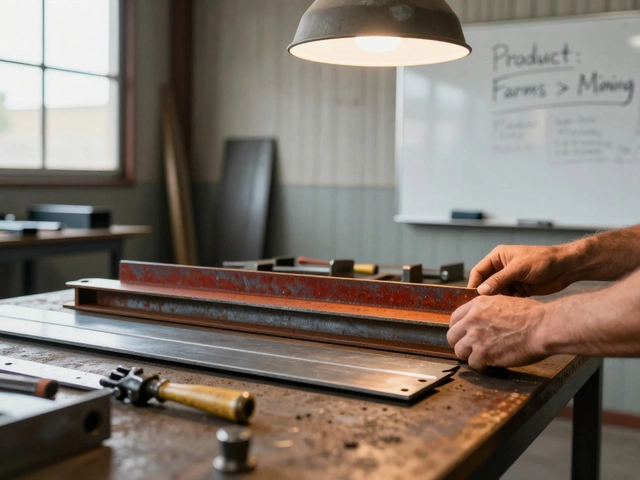How to Start a Manufacturing Business from Zero in 2025
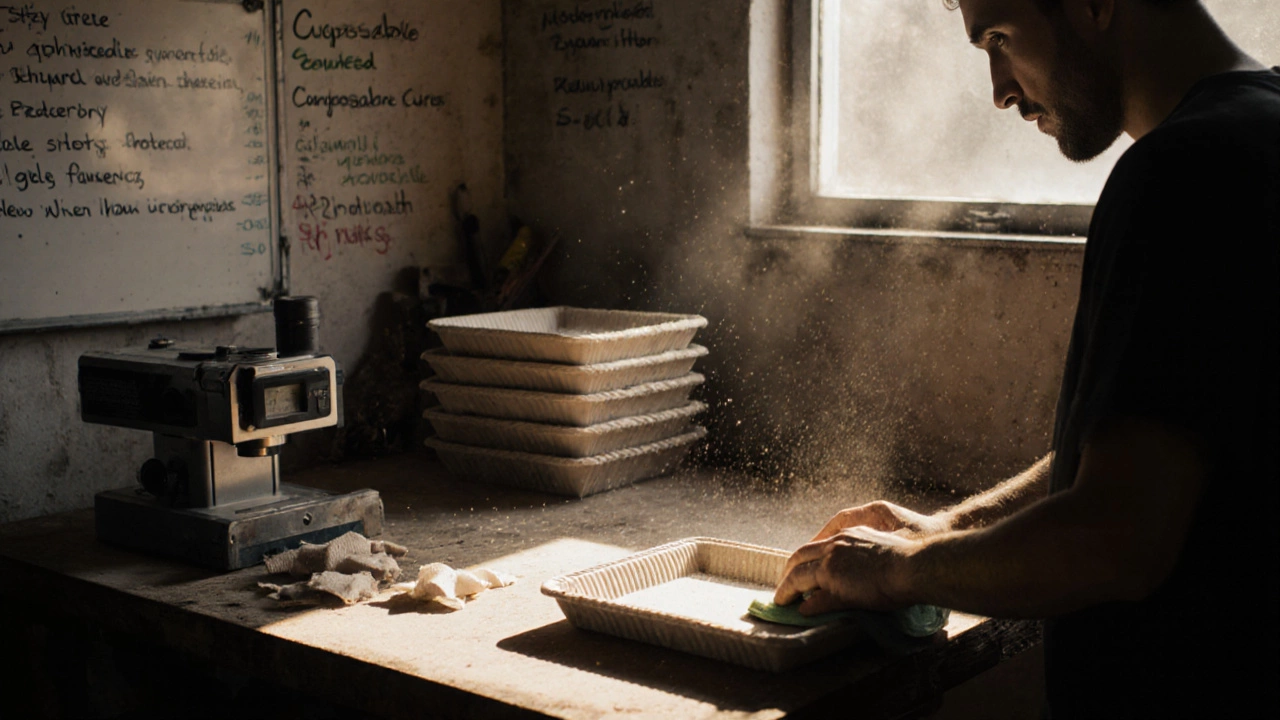
Manufacturing Profit Margin Calculator
Calculate Your Manufacturing Profit
Determine if your product can achieve a sustainable profit margin with the article's recommended 30% minimum target.
Result
Minimum Selling Price: $0.00
Estimated Profit Margin: 0%
Cost Breakdown: $0.00
How to Improve Profitability
- Look for local suppliers like Metal Supermarkets or Recycled Plastics Australia to reduce material costs
- Test with batch sizes under 50 units to validate pricing
- Consider using recycled materials (like scrap fabric or reclaimed wood) for your first batch
- Add value through storytelling (e.g., "Made in Sydney by [Your Name]")
Starting a manufacturing business from zero isn’t about having a big bank account or a fancy degree. It’s about solving a real problem with something you can actually make. In 2025, small-scale manufacturing is more accessible than ever - thanks to affordable machinery, online suppliers, and global marketplaces. You don’t need a factory the size of a football field. You need a clear idea, a reliable process, and the grit to keep going when things get messy.
Find a real need, not just a cool idea
Too many people start manufacturing businesses because they love making something - like handmade candles or custom phone cases. That’s fine, but passion alone won’t pay the rent. You need a problem people are willing to pay to fix.
Look around your community. What’s broken? What’s overpriced? What’s hard to find locally? In Sydney, for example, there’s a growing demand for eco-friendly packaging for local food producers. Many small farms and cafes still use plastic containers because the alternatives are expensive or hard to source. That’s a gap. You could start by making compostable food trays from sugarcane fiber - a material that’s cheap, renewable, and biodegradable.
Don’t guess. Talk to 10 potential customers. Ask: "What do you hate about your current supplier?" "What would make you switch?" "How much would you pay?" If you hear the same answer three times, you’ve got a starting point.
Start small, test fast, scale slow
You don’t need to buy a $50,000 injection molding machine on day one. Start with manual or semi-automated tools you can rent or buy used. For example:
- If you’re making metal parts: use a benchtop CNC mill (around $3,000 new, $1,500 used)
- If you’re making plastic items: use a vacuum former (under $2,000)
- If you’re sewing or cutting fabric: a heavy-duty industrial sewing machine ($800-$1,500)
Test your product with a batch of 50 units. Sell them on Etsy, Facebook Marketplace, or to local businesses. Track every cost: materials, labor, shipping, packaging. If your profit margin is below 30% after all expenses, go back and tweak the design or find cheaper suppliers.
One maker in Newcastle started making reusable coffee sleeves from recycled denim. He bought a second-hand sewing machine, sourced scrap fabric from local tailors, and sold them to three cafés. In three months, he turned $1,200 into $7,000 in sales - without hiring anyone or taking a loan.
Find suppliers who work with small orders
Big suppliers want bulk orders - 1,000 units minimum. That’s impossible if you’re starting out. Look for local or niche suppliers who specialize in small runs.
For raw materials:
- Aluminum sheets? Try Metal Supermarkets a network of local metal suppliers in Australia that sell small quantities with no minimum order.
- Plastic pellets? Check Recycled Plastics Australia supplies post-consumer recycled plastics in 5kg batches for makers.
- Fabric? Visit local textile waste yards - many sell offcuts for under $5 per kilo.
Use Alibaba cautiously. It’s great for bulk, but for your first 100 units, local is faster, cheaper, and easier to communicate with. Plus, you avoid customs delays and quality surprises.
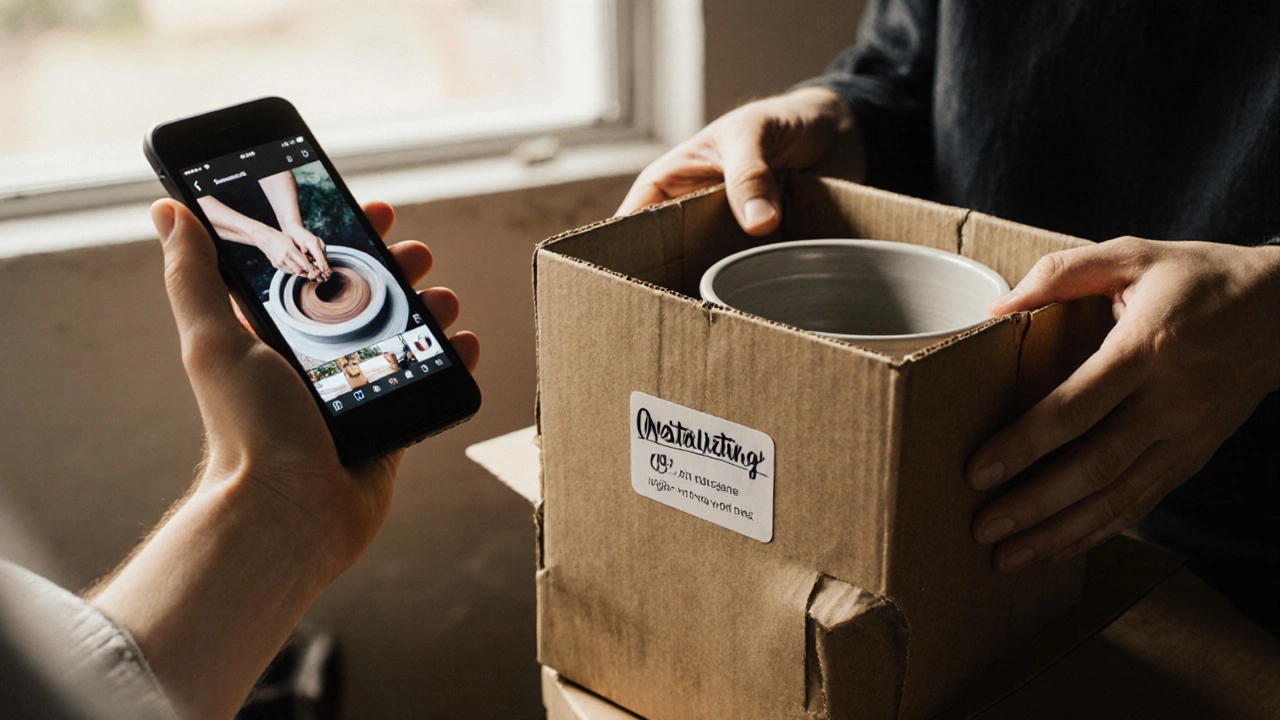
Build your brand around trust, not logos
When you’re new, no one knows your name. So don’t waste money on fancy branding. Focus on transparency.
Put a sticker on every product: "Made in Sydney by [Your Name]. Handmade in a small workshop. No factories. No middlemen." People love that. It’s real.
Take photos of your workspace. Show the tools. Show the messy table where you cut the material. Show yourself packing orders. Post them on Instagram or TikTok. People don’t buy products - they buy stories they believe in.
One woman in Brisbane started making ceramic planters from recycled clay. She didn’t have a website. She posted videos of her throwing pots on a wheel. Within six months, she had a waiting list of 200 customers - all from Instagram reels.
Use free tools to manage everything
You don’t need expensive software. Start with free tools that do the job:
- Inventory: Google Sheets (track materials, finished goods, costs)
- Sales: PayPal or Square (no monthly fee, pay only when you sell)
- Accounting: Wave Apps (free invoicing and expense tracking)
- Customer communication: WhatsApp (most small businesses in Australia use it)
Keep everything simple. When you hit $10,000 in monthly sales, then upgrade. Until then, focus on making more, selling more, and learning what works.
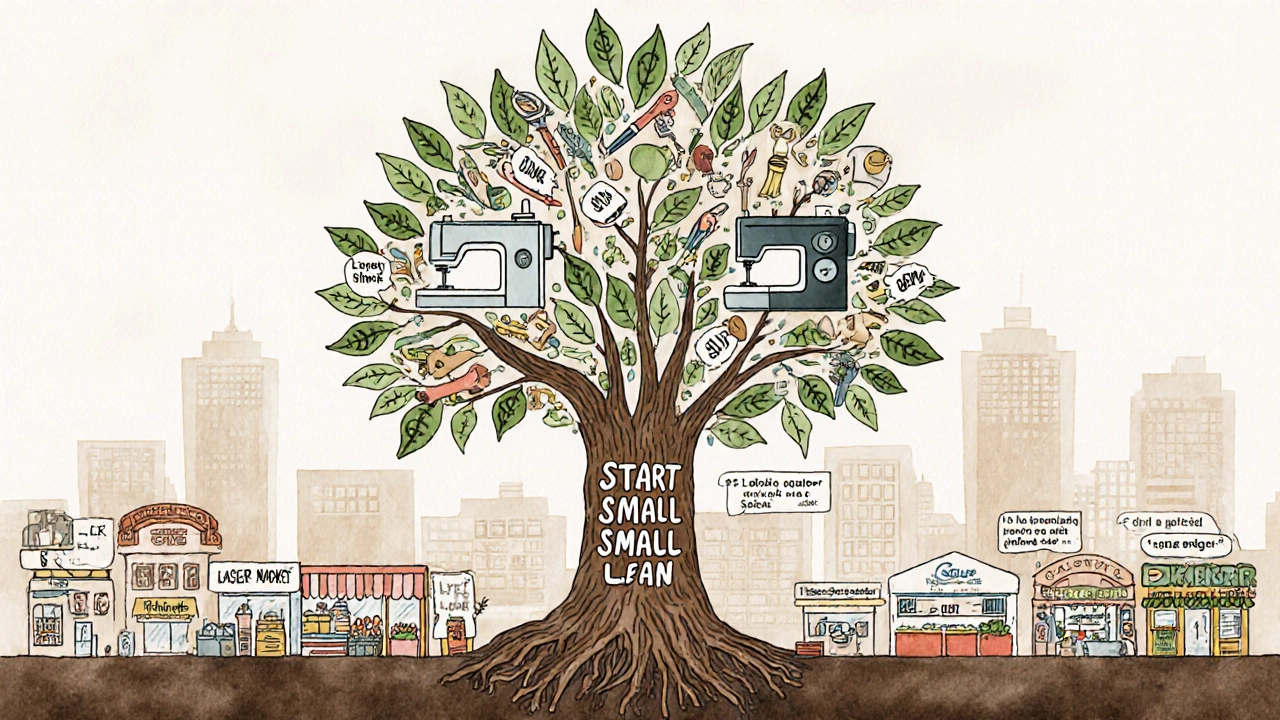
Get government help - it’s free
Australia has programs specifically for small manufacturers. You don’t need to be a corporation. Even if you’re working alone, you qualify.
- Small Business Grants: The NSW Government offers up to $25,000 for equipment purchases. Apply through Business NSW a free government service that helps small manufacturers access funding and training.
- Manufacturing Growth Program: Up to $100,000 in matching funds for productivity upgrades. You need to show how you’ll increase output or reduce waste.
- Export Market Development Grant (EMDG): If you sell overseas, the government will refund up to 50% of your export marketing costs - even if you only sell $1,000 worth overseas.
Don’t assume you’re too small. These programs exist because the government knows small manufacturers drive local jobs and innovation.
Don’t wait for perfect. Start with what you have.
The biggest mistake people make is waiting. Waiting for more money. Waiting for the right machine. Waiting for the perfect product. There’s no such thing as perfect at the start.
One guy in Adelaide started making wooden cutting boards from old pallet wood. His first batch was uneven. The finish was rough. But he sold them for $15 each to a local market stall. He used the money to buy a belt sander. Then a drill press. Then a laser engraver. Two years later, he’s exporting to New Zealand and has five employees.
You don’t need to be an expert. You just need to be consistent. Make one thing. Sell it. Learn. Improve. Repeat.
What comes next? Keep growing without burning out
Once you’re making $5,000 a month consistently, think about:
- Hiring one part-time helper for packing or delivery
- Getting certified (like AS/NZS standards for food-safe products)
- Applying for local business awards - they bring visibility
- Partnering with other small makers for bundled sales
Don’t rush to scale. Scaling too fast kills more small manufacturers than lack of demand. Focus on profit per unit, not revenue.
Manufacturing isn’t glamorous. It’s dusty, loud, and often frustrating. But it’s also deeply satisfying. You create something physical. Something real. Something that lasts.
Start small. Stay lean. Solve a real problem. And keep showing up.
Do I need a business license to start manufacturing in Australia?
Yes, but it’s simple. You need an Australian Business Number (ABN), which you can get for free from the ATO website. If you’re selling goods, you’ll also need to register for GST once your turnover hits $75,000 a year. Some local councils require a home-based business permit if you’re operating from your garage or shed - check with your city council. No special manufacturing license is needed for small-scale production unless you’re making food, medicine, or children’s toys.
How much money do I really need to start?
You can start with as little as $1,000-$3,000. That covers basic tools, first batch of materials, and packaging. Many makers begin with under $500 by using recycled materials and second-hand equipment. The key is starting small enough that you can afford to fail - and learn from it. Avoid loans until you’ve proven your product sells.
Can I make money selling to local businesses?
Absolutely. Local cafés, farmers markets, boutique hotels, and eco-stores are always looking for unique, locally made packaging or products. Offer them a custom design with their logo. Charge a little more than retail - they’ll pay for convenience and local appeal. One Sydney maker supplies compostable cutlery to 12 local restaurants - she makes $4,000 a month with just three staff.
What are the most profitable small manufacturing ideas right now?
High-margin, low-volume items are winning in 2025. Examples: custom metal nameplates for electric bikes, recycled glass vases for interior designers, modular shelving for tiny homes, plant-based food containers for meal prep services, and waterproof fabric pouches for outdoor gear. Profit margins of 50-70% are common when you cut out the middleman and sell directly.
How do I handle quality control without a team?
Set one clear standard and stick to it. For example: "Every cutting board must be sanded smooth, have no splinters, and come with a care card." Test every 10th item. Take photos of your QC process and share them with customers - it builds trust. If something breaks, replace it immediately. Word spreads fast in small communities.
Should I sell online or stick to local markets?
Start local. Sell at markets, to nearby shops, or via WhatsApp. It’s easier to get feedback, build relationships, and handle returns. Once you have 50 regular customers, then consider Etsy or your own simple website. Online sales scale faster but cost more in ads, returns, and shipping. Local sales give you breathing room to grow without pressure.
If you’re reading this and thinking, "I don’t have the skills," - that’s fine. Learn as you go. Watch YouTube tutorials on basic machining or sewing. Take a free course from TAFE. Join a local makerspace. The tools are out there. The market is waiting. All you need is to start.


